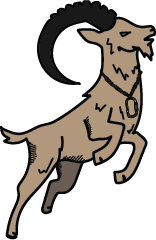The Mountain Institute
Rules during training
Points of contact vs attachment. please use “point of attachment”. Your feet can be a point of contact but they are not considered a point of attachment.
Rescue load = two people
Standard load = one person
Redundancy- your call – but be able to speak to any potential hazards … if they do or do not exist and how they are being managed. person(s) on system get final call.
Everything must have a hands free – no rappelling without a hands free
Two points of attachment during a change over when on a tensioned line until the new device or component is proven.
Moving rope your life = whatever
Moving rope and someone else’s life = gloves on
15kn minimum at master point with rescue load in vertical environment
10kn on slope with rescue or standard load
10kn with standard load in vertical
Locking carabiner when someone’s life is attached to that component in a environment they could slip and fall or vertical
Rope protection on isolated rubbing points, when ropes are fixed
Rope protection when ropes are touching abrasive surfaces, moving or fixed
Vt Minimum 6/1 for rescue load
minimum 1 point of attachment to a system when near a hazardous zone (fall area)
helmets = overhead hazard, situations where slip, fall or impact to the head are possible.
safety checks – yourself or buddy check?
Strength reduction assumptions
Powercord assumed 50% reduction
Dynemma and nylon slings, webbing. 50%
Accessory cord 1/3 reduction
Life safety lines (9.5mm) 1/3 reduction
Or everything can be 50%. Up to the team
